EGYPTIAN PRINCE KHAEMWESET ROYAL SHABTI 19th Dynasty, 1282-1226 BC A white glazed composition shabti of prince Khaemweset, son of Ramesses II, with black pigment to the cap of hair and side-lock of youth to the right side; black painted details to the eyes, nostrils, mouth and small beard; broad collar to the neck, arms crossed over chest and holding a pick and hoe; band of hieroglyphs running vertically down the body; mounted on a custom-made stand. 145 grams total, 15cm including stand (6"). Condition Very fine condition. Provenance Property of a Connecticut, USA, collector; acquired from the private collection of Mr & Mrs Carl Tautenhahn; Texas, USA; acquired prior to 1980. Literature For a similar shabti see The British Museum, accession number EA35215; the Louvre, accession number N 456; Footnotes Khaemweset was the fourth son of Ramesses II and Queen Isetnofret. He was born during the reign of his grandfather, Seti I, and his father was by this time already crown-prince. At the age of four he accompanied his father and elder brother, Amunherwenemef, on a minor military expedition to Lower Nubia; the events are recorded on the walls of the temple at Beit el Wali, where the brothers are shown making a charge on the battle field in a chariot. Khaemweset grew up with his brothers during a time of foreign conflict and he is present in scenes from the famous Battle of Kadesh, the siege of Qode, and the siege of Dapur in Syria. In the battle of Kadesh scenes from year 5 of Ramesses II, Khaemweset is shown leading sons of the chiefs of Hatti before the gods. In his 20's Khaemweset became a Sem-Priest of Ptah in Memphis (year 16 of Ramesses' reign). He would have initially been a deputy to the High Priest of Ptah in Memphis named Huy. During his time as Sem-Priest Khaemweset was active in the daily rituals, as well as being responsible for the burial of two Apis bulls at the Serapeum, and it was in his first year as Sem-Priest that the Apis bull died. Each bull was buried in a rock cut tomb with a chapel above for offerings. The next burial took place in year 30; after this second burial Khaemweset redesigned the Serapeum by creating an underground gallery with a series of burial chambers that allowed for the burial of several Apis bulls. It was this structure that was to be used for the burial of the sacred bulls well into the Roman period. Khaemweset restored the monuments of earlier kings and nobles. Restoration texts were found associated with the pyramid of Unas at Saqqara, the tomb of Shepseskaf called the Mastabet el-Fara'un, the sun-Temple of Nyuserre, the Pyramid of Sahure, the Pyramid of Djoser, and the Pyramid of Userkaf. Inscriptions at the pyramid temple of Userkaf show Khaemweset with offering bearers, and at the pyramid temple of Sahure Khamweset offers a statue of the goddess Bast. Khaemweset held the position of Crown Prince to the throne between Year 50 and Year 55 of his father's reign when he died. He was succeeded in this position by his full brother Merneptah. He also served as Governor of Memphis and is credited as being an able and efficient administrator for the region. The prince was buried in a tomb that formed part of the Serapeum, and he was buried with a gold mask and jewellery, as well as many shabtis. The tomb was concealed by the collapse of part of the roof of the Serapeum and it was not discovered until 1852 by the French Egyptologist August Mariette; there is however some doubt as to this being the burial of Khaemweset and it is generally believed to be a cache of items related to the burial of the Apis during the time of the prince. The possible location for his tomb may be below the hill top sanctuary that he built between Abusir and Saqqara. In later periods of Egyptian history, Khaemweset was remembered as a wise man and great magician, and portrayed as the hero in a cycle of stories dating to Greco-Roman times; these relate his great knowledge and use of magic which allows him to trav
EGYPTIAN PRINCE KHAEMWESET ROYAL SHABTI 19th Dynasty, 1282-1226 BC A white glazed composition shabti of prince Khaemweset, son of Ramesses II, with black pigment to the cap of hair and side-lock of youth to the right side; black painted details to the eyes, nostrils, mouth and small beard; broad collar to the neck, arms crossed over chest and holding a pick and hoe; band of hieroglyphs running vertically down the body; mounted on a custom-made stand. 145 grams total, 15cm including stand (6"). Condition Very fine condition. Provenance Property of a Connecticut, USA, collector; acquired from the private collection of Mr & Mrs Carl Tautenhahn; Texas, USA; acquired prior to 1980. Literature For a similar shabti see The British Museum, accession number EA35215; the Louvre, accession number N 456; Footnotes Khaemweset was the fourth son of Ramesses II and Queen Isetnofret. He was born during the reign of his grandfather, Seti I, and his father was by this time already crown-prince. At the age of four he accompanied his father and elder brother, Amunherwenemef, on a minor military expedition to Lower Nubia; the events are recorded on the walls of the temple at Beit el Wali, where the brothers are shown making a charge on the battle field in a chariot. Khaemweset grew up with his brothers during a time of foreign conflict and he is present in scenes from the famous Battle of Kadesh, the siege of Qode, and the siege of Dapur in Syria. In the battle of Kadesh scenes from year 5 of Ramesses II, Khaemweset is shown leading sons of the chiefs of Hatti before the gods. In his 20's Khaemweset became a Sem-Priest of Ptah in Memphis (year 16 of Ramesses' reign). He would have initially been a deputy to the High Priest of Ptah in Memphis named Huy. During his time as Sem-Priest Khaemweset was active in the daily rituals, as well as being responsible for the burial of two Apis bulls at the Serapeum, and it was in his first year as Sem-Priest that the Apis bull died. Each bull was buried in a rock cut tomb with a chapel above for offerings. The next burial took place in year 30; after this second burial Khaemweset redesigned the Serapeum by creating an underground gallery with a series of burial chambers that allowed for the burial of several Apis bulls. It was this structure that was to be used for the burial of the sacred bulls well into the Roman period. Khaemweset restored the monuments of earlier kings and nobles. Restoration texts were found associated with the pyramid of Unas at Saqqara, the tomb of Shepseskaf called the Mastabet el-Fara'un, the sun-Temple of Nyuserre, the Pyramid of Sahure, the Pyramid of Djoser, and the Pyramid of Userkaf. Inscriptions at the pyramid temple of Userkaf show Khaemweset with offering bearers, and at the pyramid temple of Sahure Khamweset offers a statue of the goddess Bast. Khaemweset held the position of Crown Prince to the throne between Year 50 and Year 55 of his father's reign when he died. He was succeeded in this position by his full brother Merneptah. He also served as Governor of Memphis and is credited as being an able and efficient administrator for the region. The prince was buried in a tomb that formed part of the Serapeum, and he was buried with a gold mask and jewellery, as well as many shabtis. The tomb was concealed by the collapse of part of the roof of the Serapeum and it was not discovered until 1852 by the French Egyptologist August Mariette; there is however some doubt as to this being the burial of Khaemweset and it is generally believed to be a cache of items related to the burial of the Apis during the time of the prince. The possible location for his tomb may be below the hill top sanctuary that he built between Abusir and Saqqara. In later periods of Egyptian history, Khaemweset was remembered as a wise man and great magician, and portrayed as the hero in a cycle of stories dating to Greco-Roman times; these relate his great knowledge and use of magic which allows him to trav
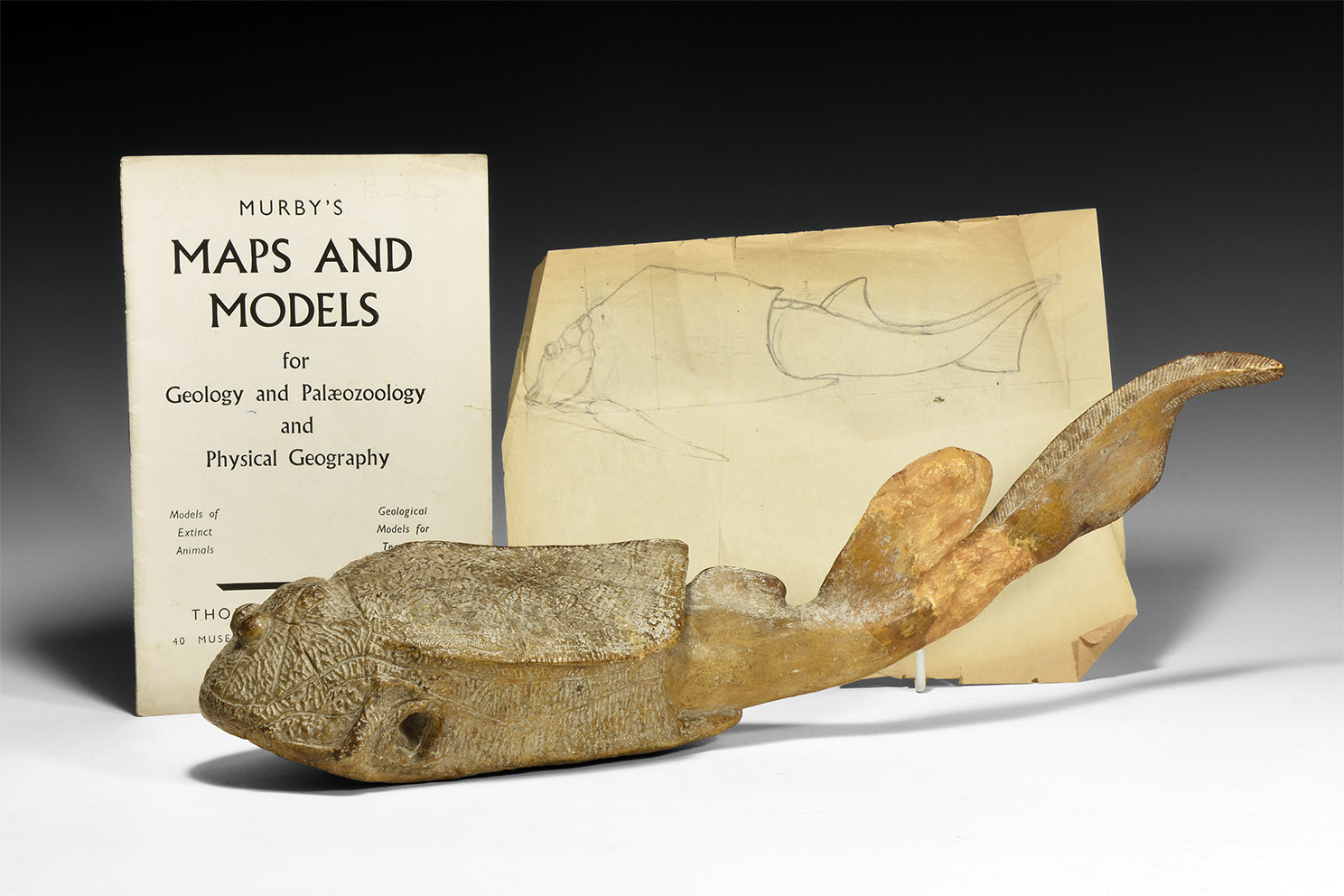
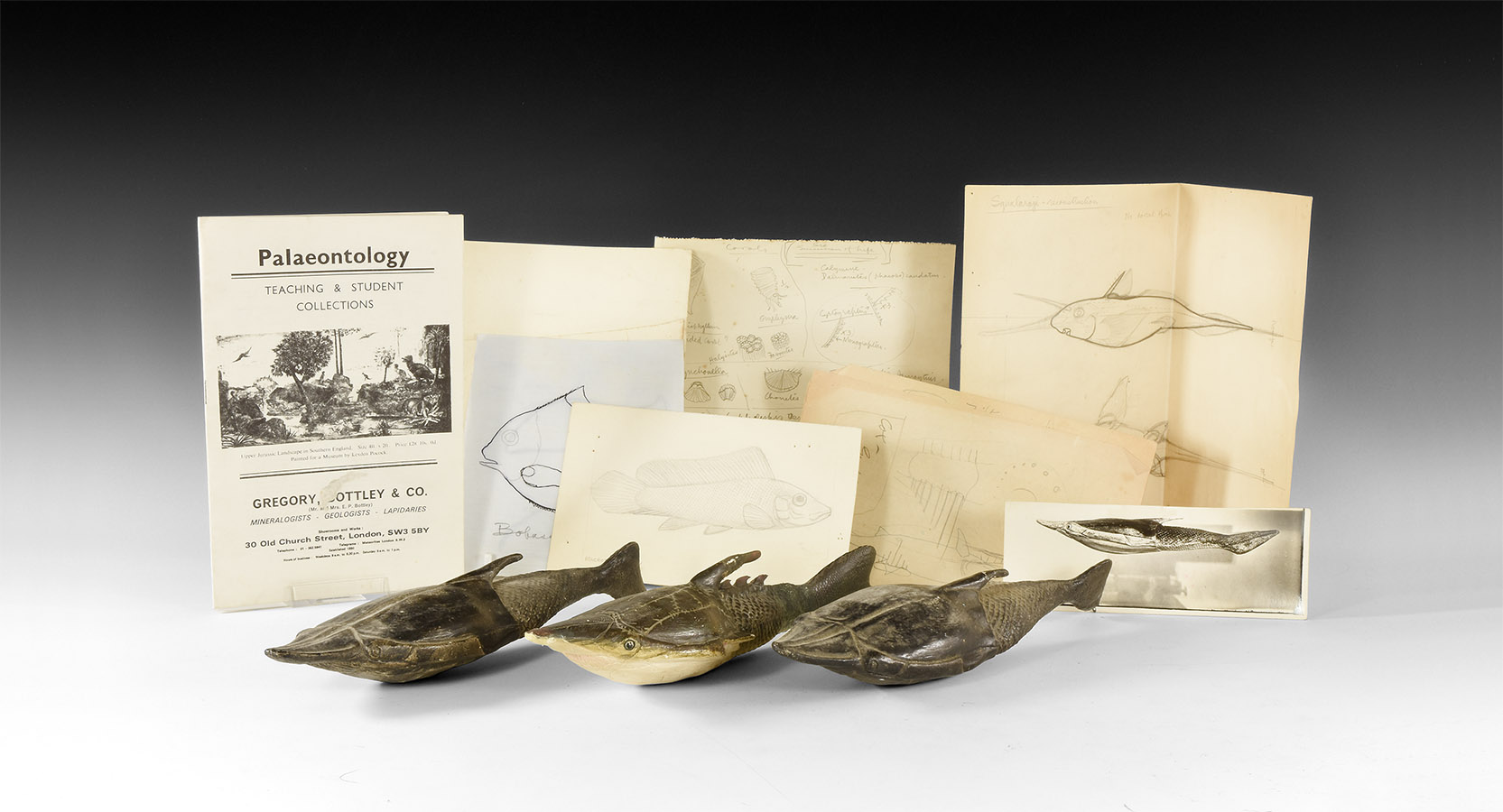
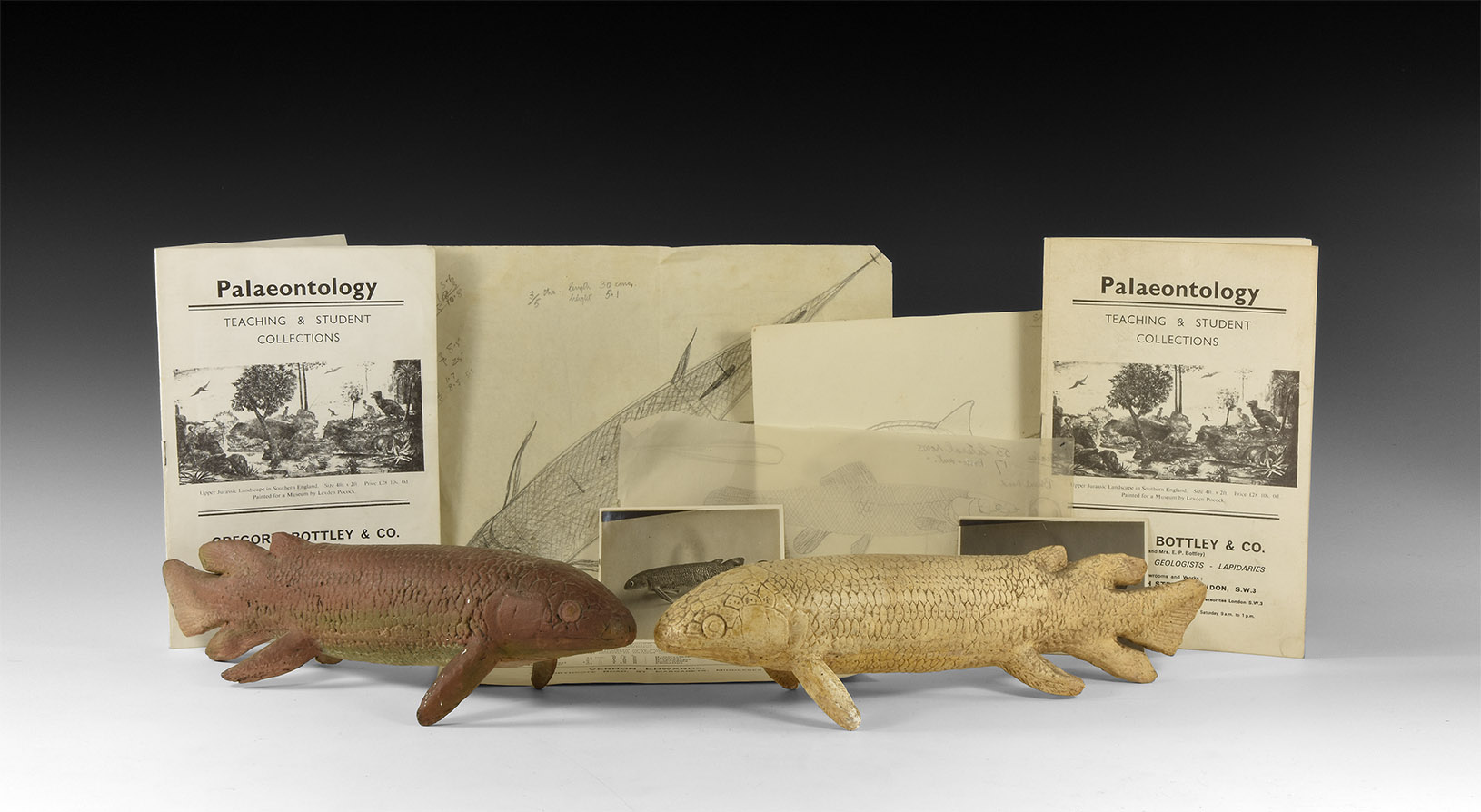
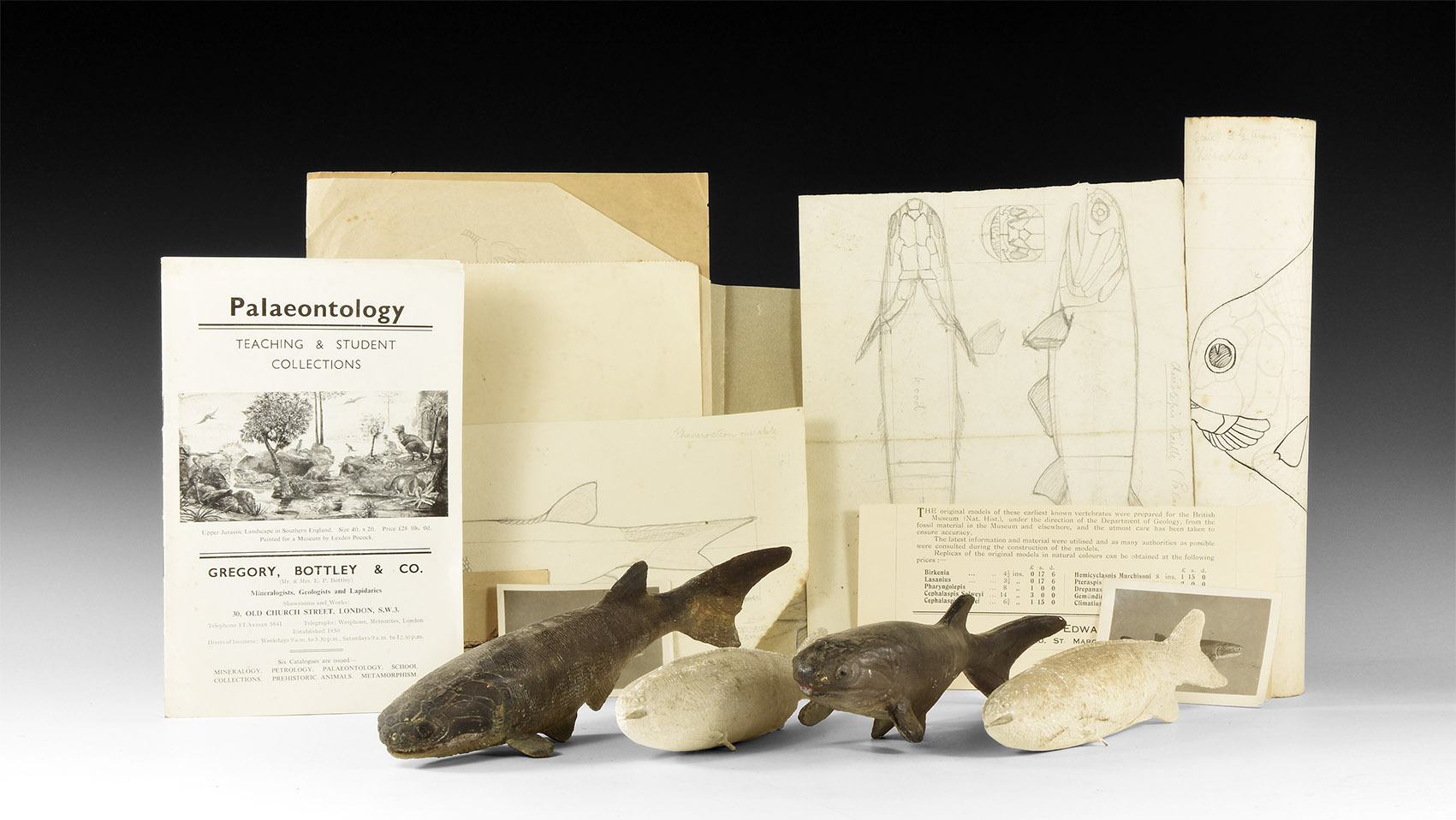
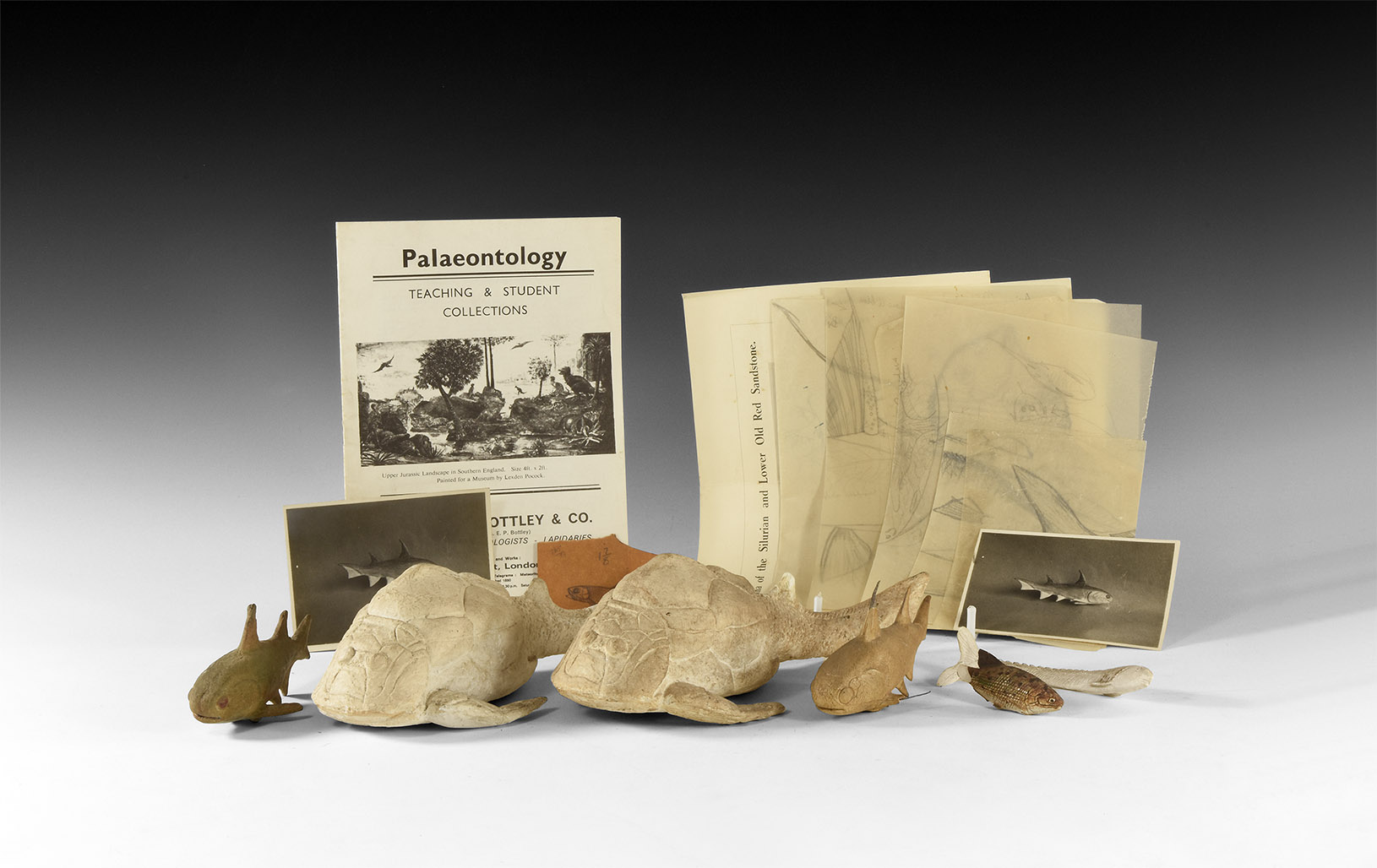
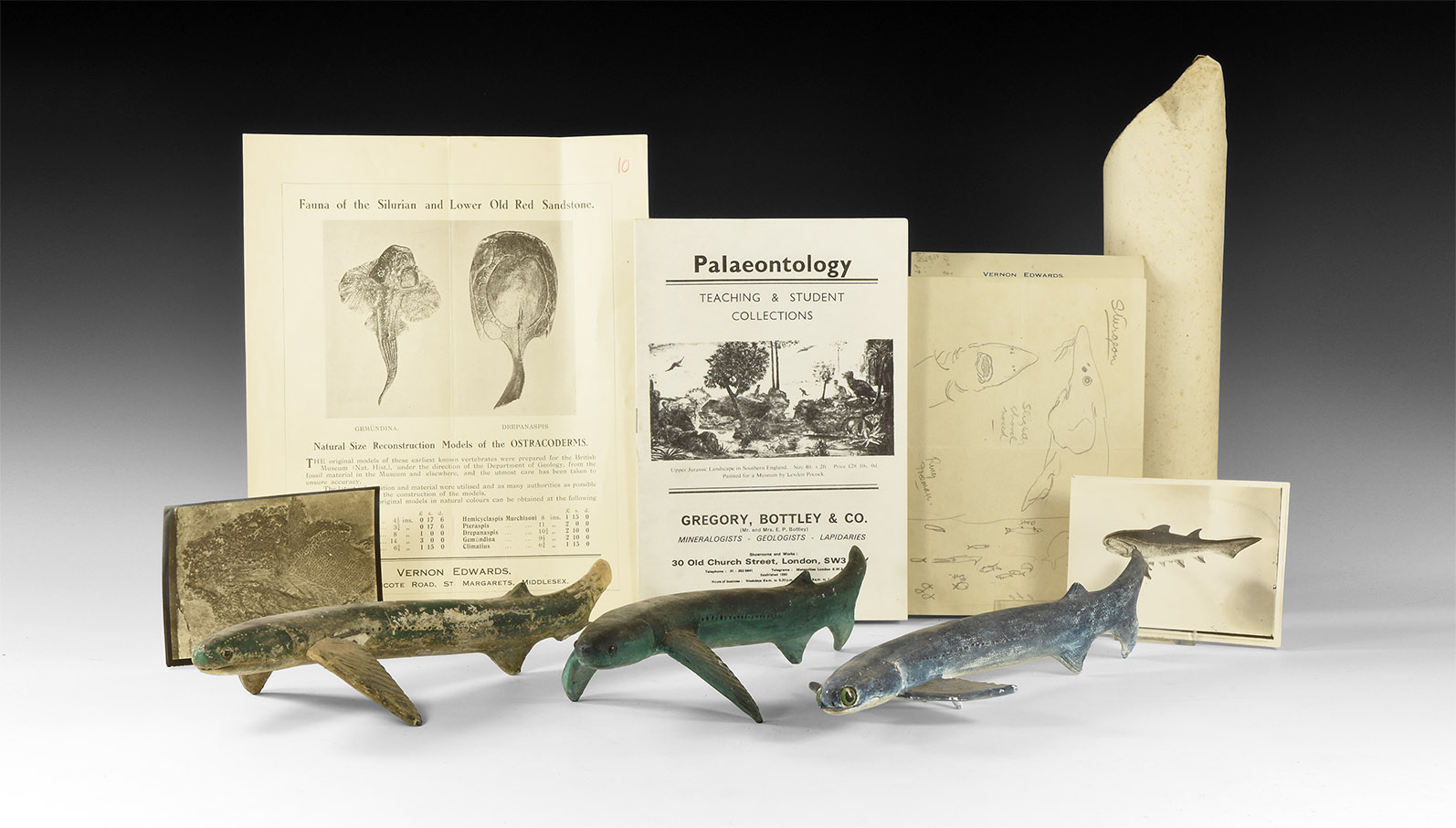
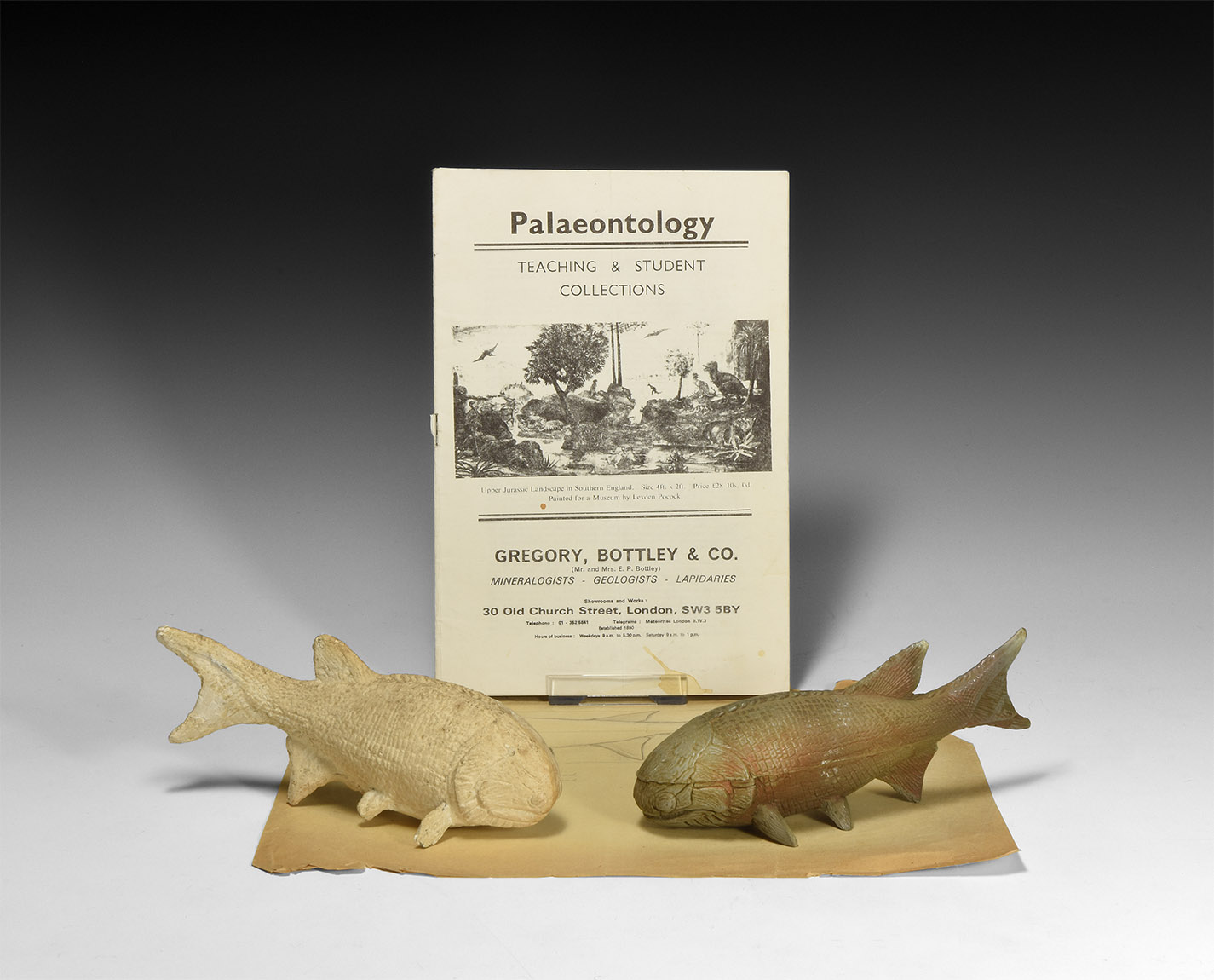
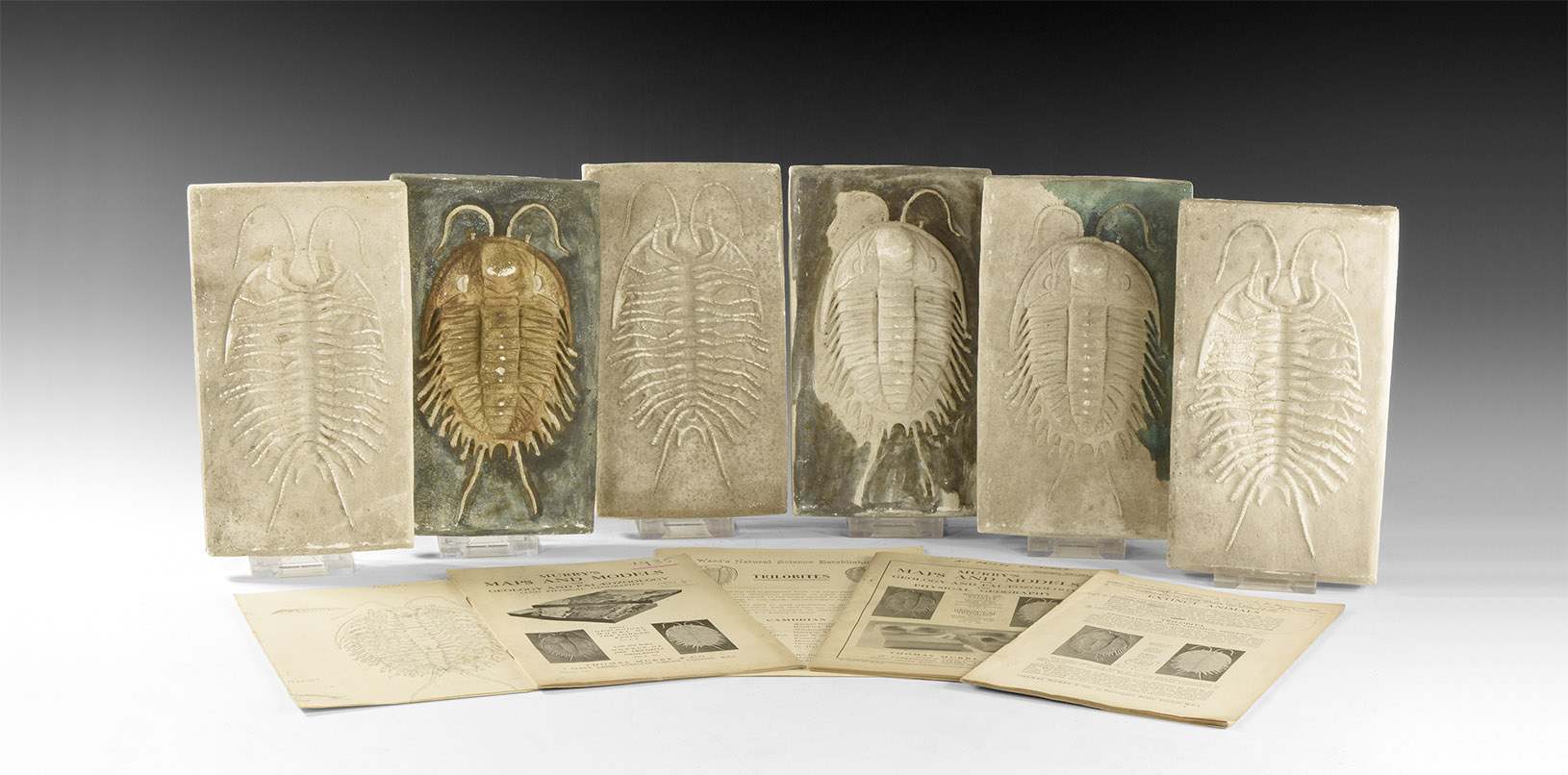
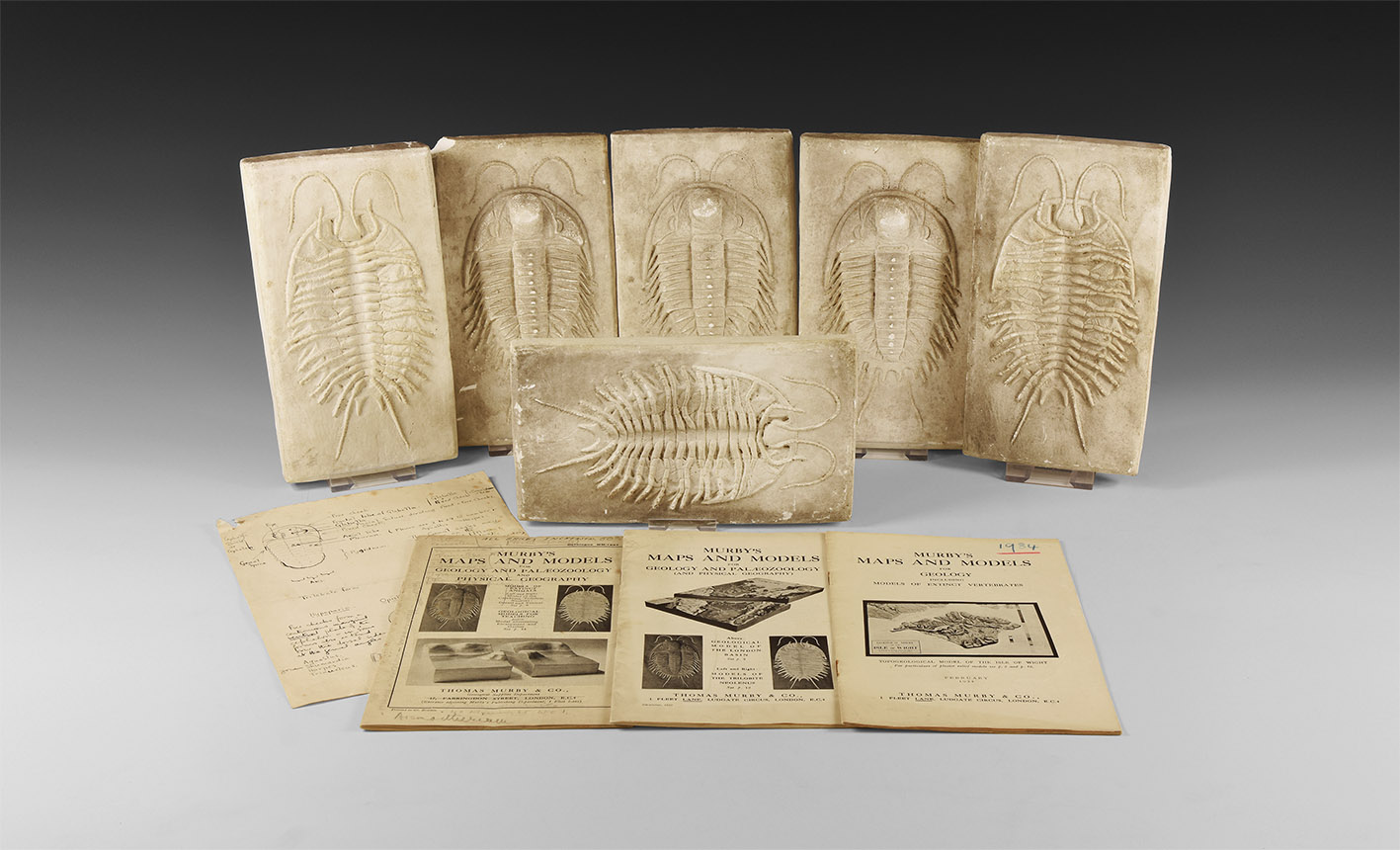
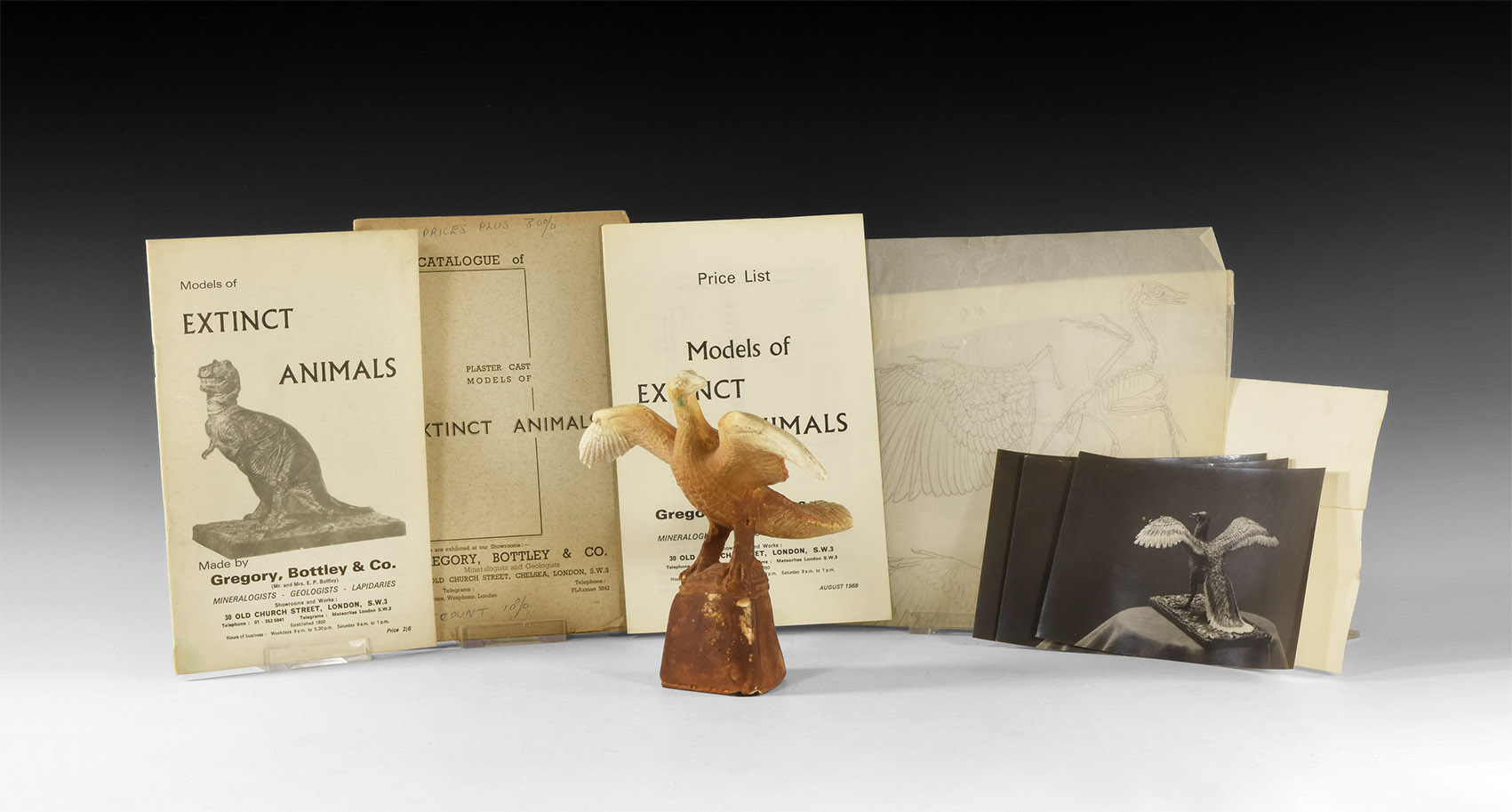
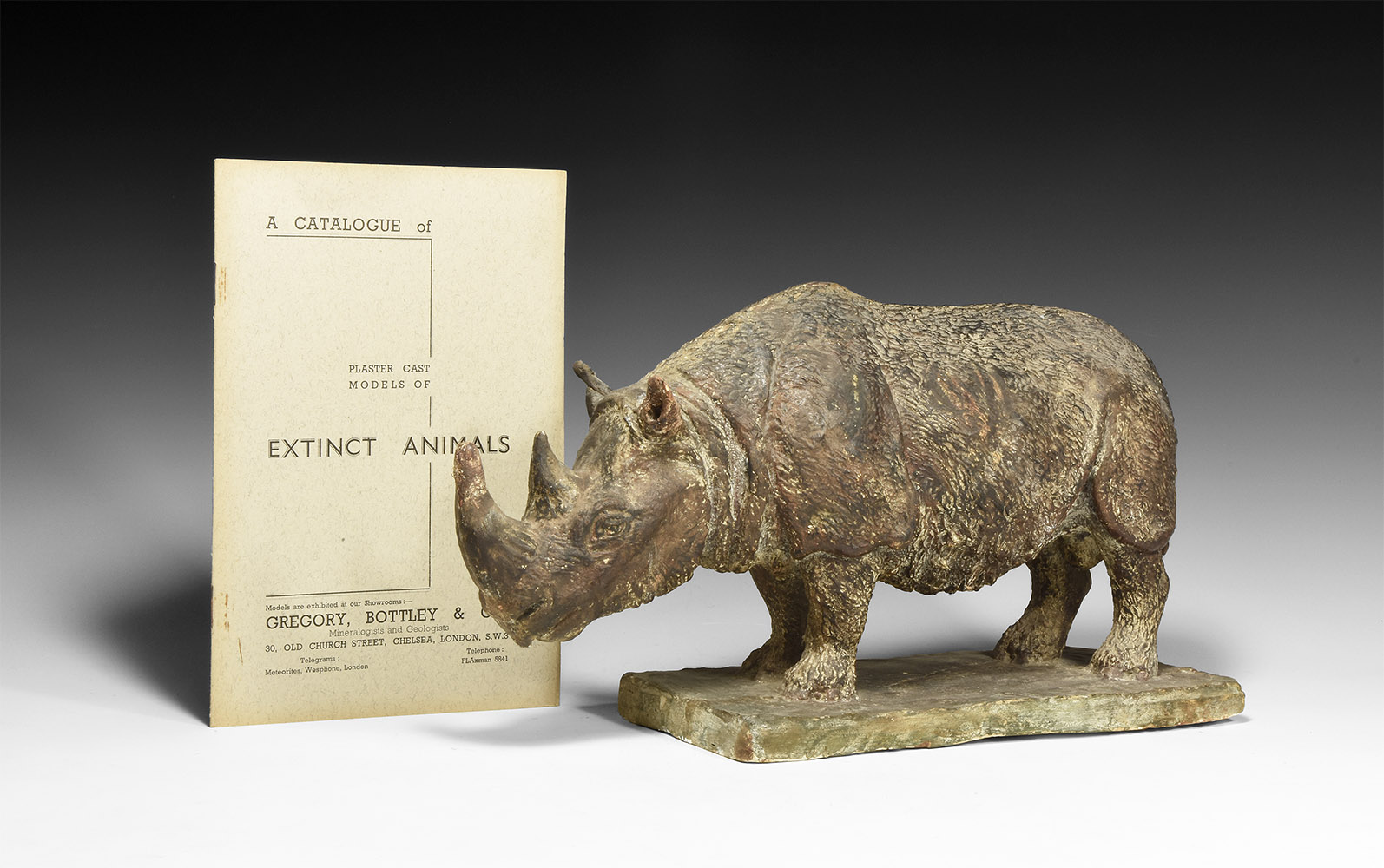
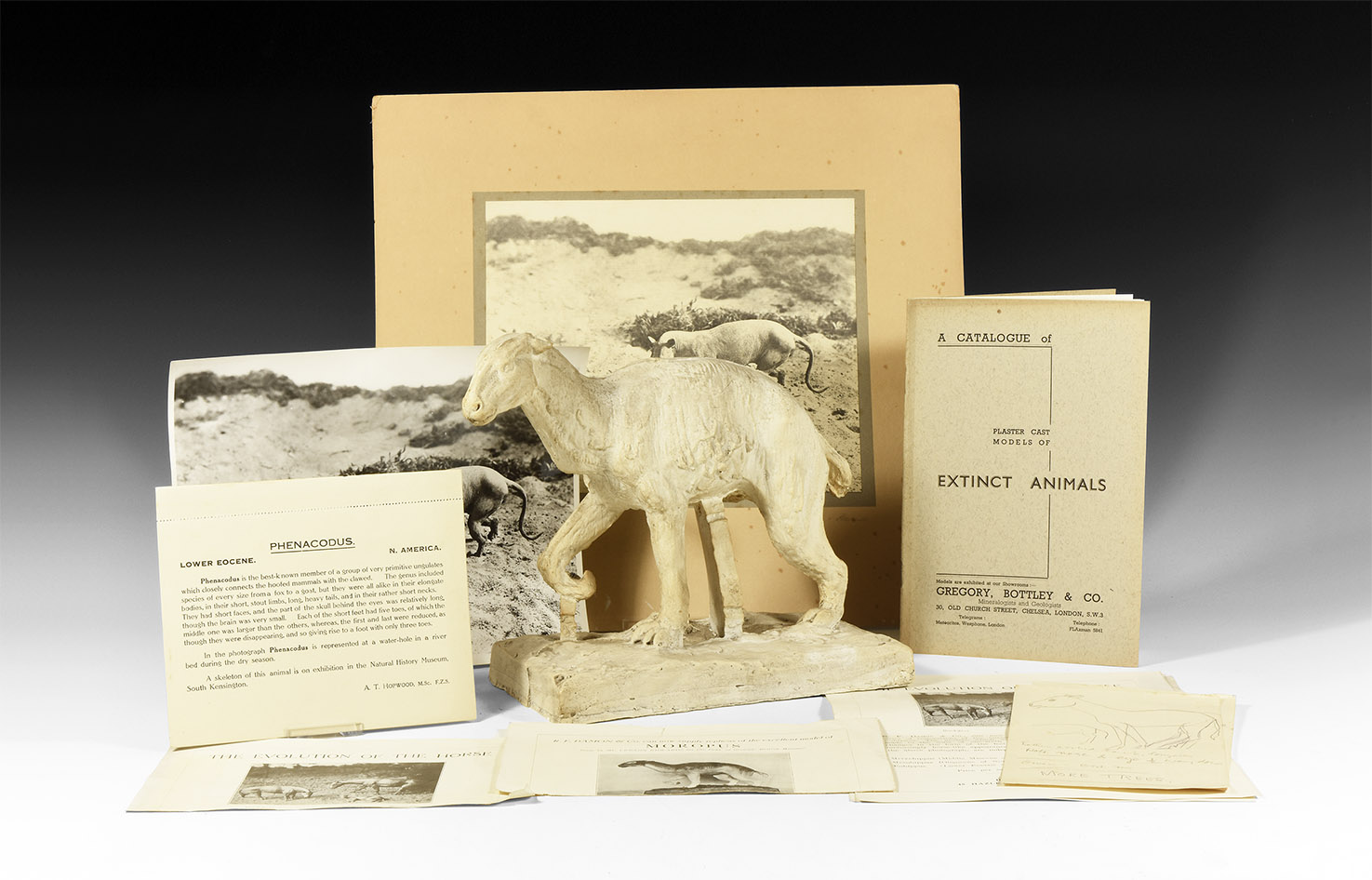
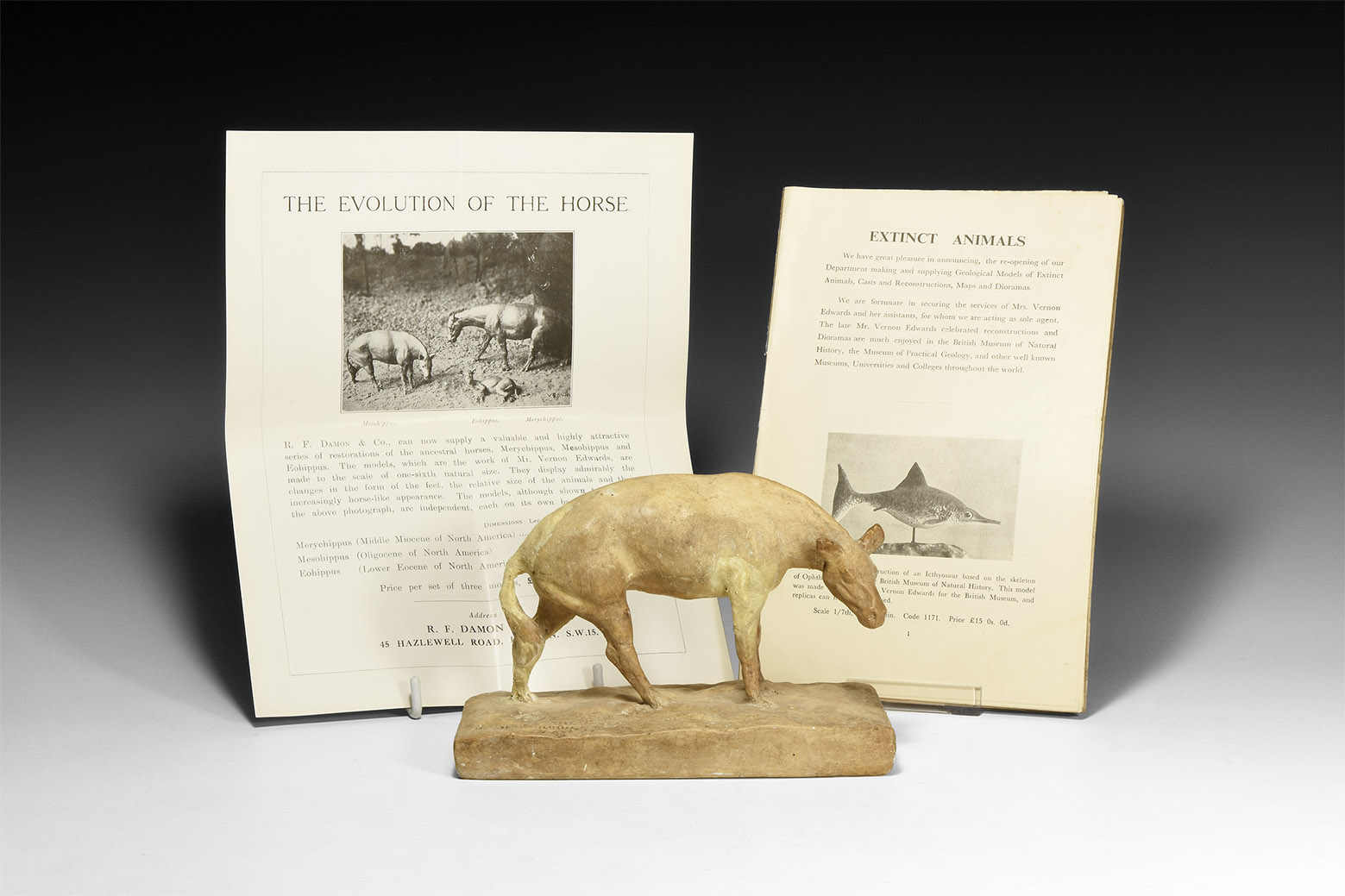
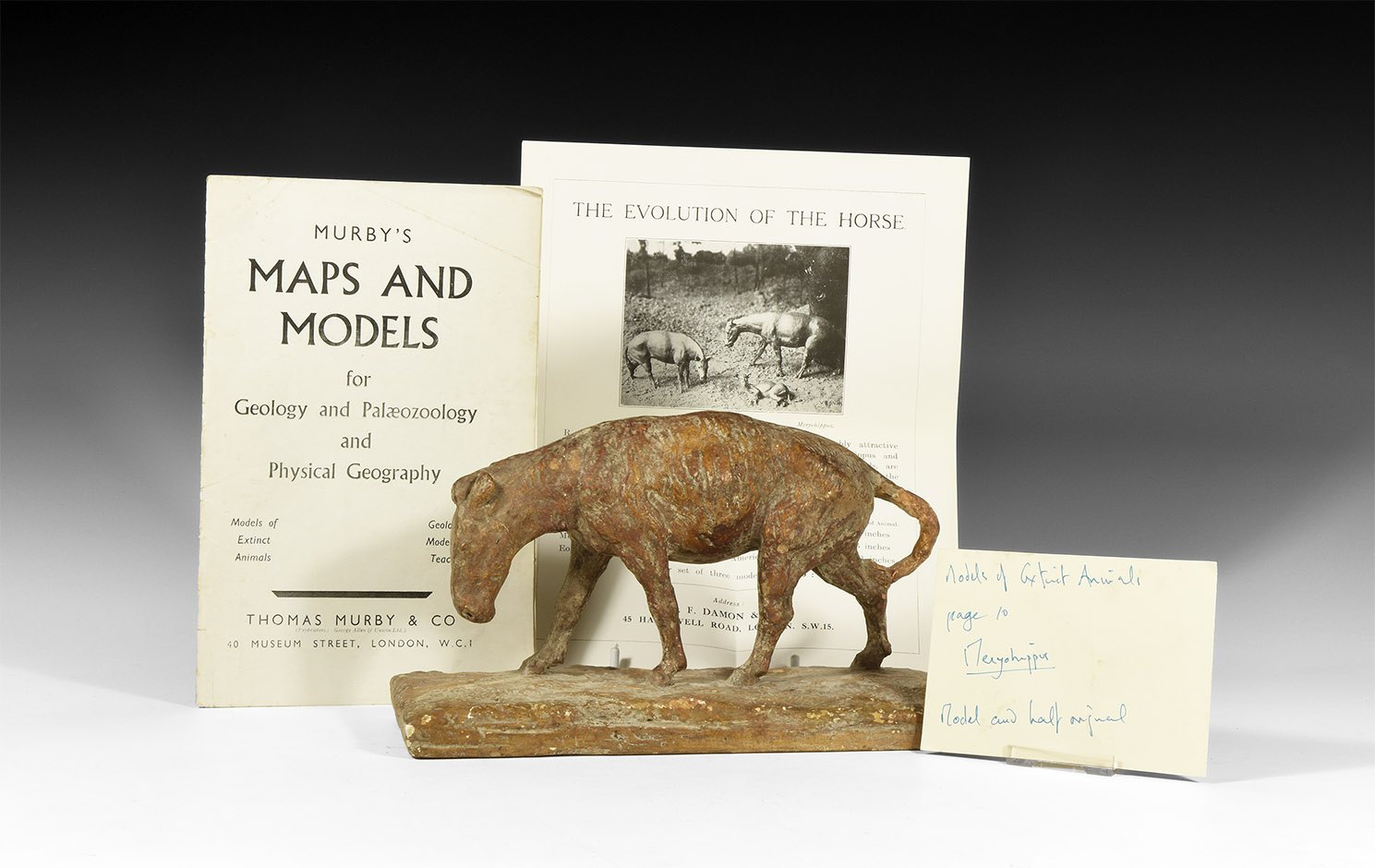
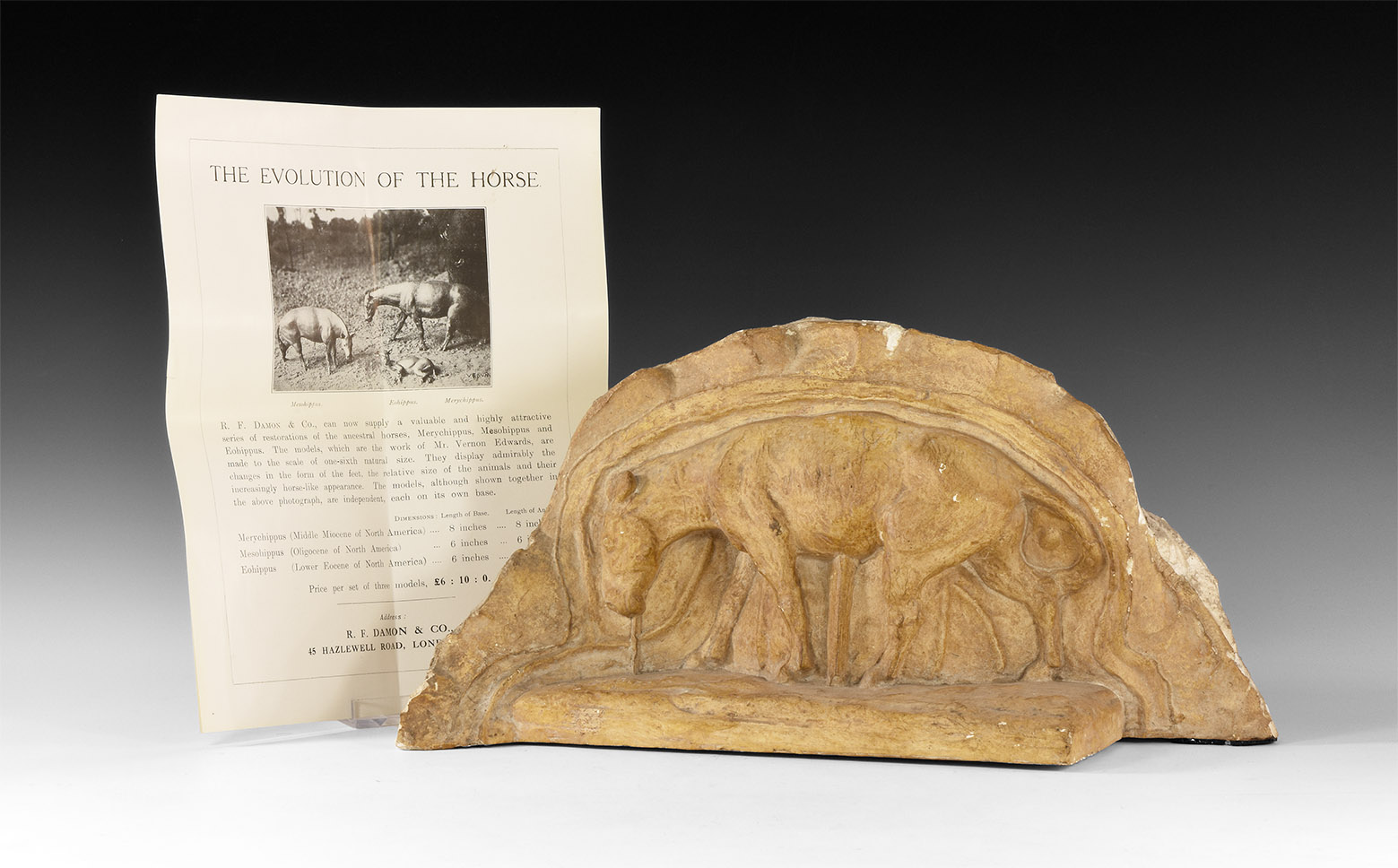
Try LotSearch and its premium features for 7 days - without any costs!
Be notified automatically about new items in upcoming auctions.
Create an alert